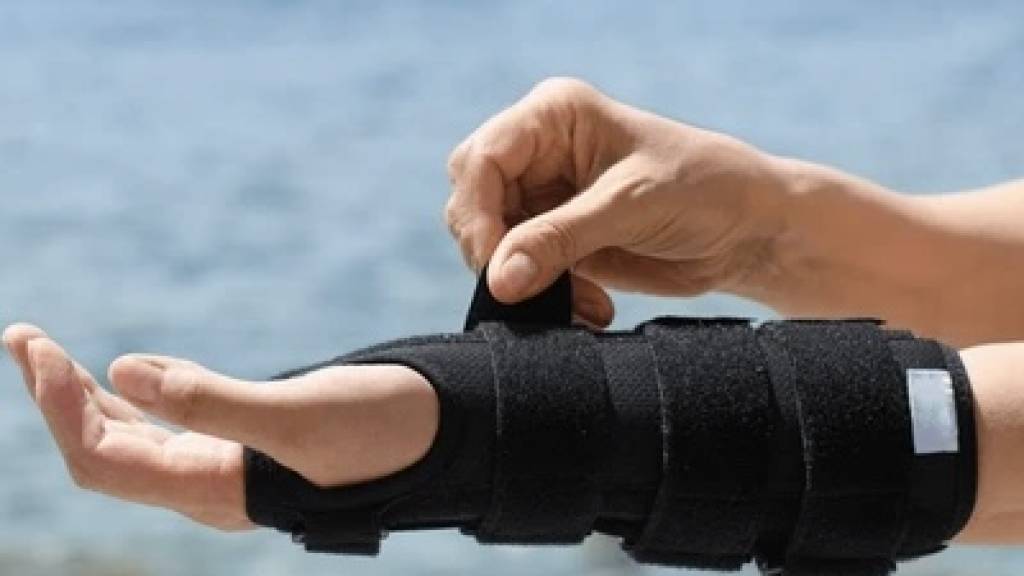Upper Limb Braces: Personalized Support and Protection
Upper limb braces are external orthopedic devices designed to provide support, stability, or immobilization to specific areas such as the hand, wrist, forearm, elbow, arm, and shoulder. These medical aids play a crucial role in managing a wide range of conditions, including acute injuries, chronic degenerative diseases, post-surgical recovery, and pain relief during the healing process.
How They Work and Their Therapeutic Benefits
The primary function of upper limb braces is to limit or guide joint movement. This targeted control produces a variety of therapeutic effects:
- Immobilization: Prevents unwanted movements that could hinder healing or cause further injury.
- Pain relief: By limiting motion, the brace reduces strain on the affected area, helping to alleviate pain.
- Reduced inflammation: Support from the brace can help decrease swelling and inflammation.
- Protection: Provides a physical barrier against impact or external forces that could worsen the condition.
- Healing support: Helps keep the limb in the correct position to promote proper tissue repair.
The effectiveness of these devices comes from their ability to create an optimal healing environment while still allowing a degree of movement tailored to the patient’s specific condition and needs.
Types of Upper Limb Braces and Their Features
The diversity of available braces reflects the anatomical and functional complexity of the upper limbs. Each type is designed to address specific issues:
- Finger braces: Used to immobilize individual fingers or the whole digit structure. Recommended for fractures, sprains, or tendon injuries.
- Wrist braces: Support the radiocarpal joint and are useful in cases like carpal tunnel syndrome, tendonitis, or post-surgery recovery.
- Forearm braces: Stabilize the area between the wrist and elbow, often used for forearm fractures or soft tissue injuries.
- Elbow braces: Limit elbow joint movement. Indicated for conditions like epicondylitis, bursitis, or post-operative care.
- Arm braces: Support the entire upper limb and are used in complex cases such as humeral fractures or injuries involving multiple joints.
- Shoulder braces: Immobilize or restrict shoulder movement. Commonly used after dislocations, surgeries, or in degenerative conditions.
Each of these categories may include static or dynamic models, depending on the level of mobility needed and the therapeutic goals.
Customization and Adaptability
A key strength of upper limb braces is their ability to adapt to each patient’s specific needs. Customization begins with a specialist evaluation, which takes into account:
- The type and severity of the condition or injury
- The patient’s anatomy
- Activity level and functional needs
- The stage of healing
From here, the orthopedic technician may adjust a standard brace or design a custom-made device. This can involve:
- Taking precise measurements of the affected limb
- Using 3D scanning technologies for detailed mapping
- Choosing the most suitable materials
- Determining the necessary level of rigidity or flexibility
The result is a brace that offers:
- Maximum support and protection
- Optimal comfort, even with extended use
- Adaptability as the condition evolves during treatment
Advanced Materials and Ergonomic Design
Technological progress has led to the development of increasingly high-performance materials for orthopedic braces. These materials are selected for:
- Lightness: To reduce fatigue during daily use
- Durability: To ensure the device remains effective over time
- Breathability: To prevent moisture build-up and skin irritation
- Hypoallergenicity: To reduce the risk of allergic reactions
High-tech polymers, composite fibers, and technical fabrics are used to create structures that combine strength with comfort. Ergonomic design considers not only anatomy but also limb biomechanics, ensuring the brace does not overly interfere with daily activities.
Waterproof Braces: A Summer-Friendly Option
In the summer months, new needs arise for brace users. Increased sweating and contact with water during recreational activities pose challenges in terms of hygiene and functionality. To address this, waterproof braces have been developed that offer:
- Full protection against water and moisture, allowing for showers and water-based activities
- Easy cleaning and maintenance
- Comfort even in hot weather or during sweating
- Consistent mechanical support even when wet
These braces represent a significant innovation, enabling patients to continue their orthopedic treatment without giving up on summer activities, ultimately improving quality of life during recovery.
When and When Not to Use Braces
Upper limb braces are recommended for many clinical situations, including:
- Healing bone fractures
- Ligament or tendon injuries
- Degenerative conditions such as osteoarthritis or rheumatoid arthritis
- Post-surgical recovery
- Overuse syndromes (e.g., tennis elbow)
However, it is important to stress that these devices should always be used under medical supervision. Monitoring by a specialist and the involvement of a certified orthopedic technician are essential to ensure maximum benefit and minimize potential risks.
Conclusion and Future Outlook
Upper limb braces are a highly valuable tool in modern orthopedic care. Their ability to support healing and adapt to individual needs makes them essential in many treatment plans.
Ongoing innovation in this field promises even more advanced solutions in the future, including smart braces capable of monitoring physiological and biomechanical parameters in real time—providing valuable feedback to both physicians and patients.
If you’re in need of a brace for your upper limb, make sure to rely on trained professionals for a thorough assessment and the most suitable device. A personalized approach is the key to gaining the full therapeutic benefits of these important orthopedic tools, ensuring optimal recovery and a safe return to daily life.
For more information, visit us at Ortopedia in Via Taramelli 21/23, Bergamo.
You can also reach us by phone at +39 035 212110 from Monday to Saturday, 9:00–12:30 and 15:00–19:00, or by email at info@ortopediazambelli.it.
All the news

